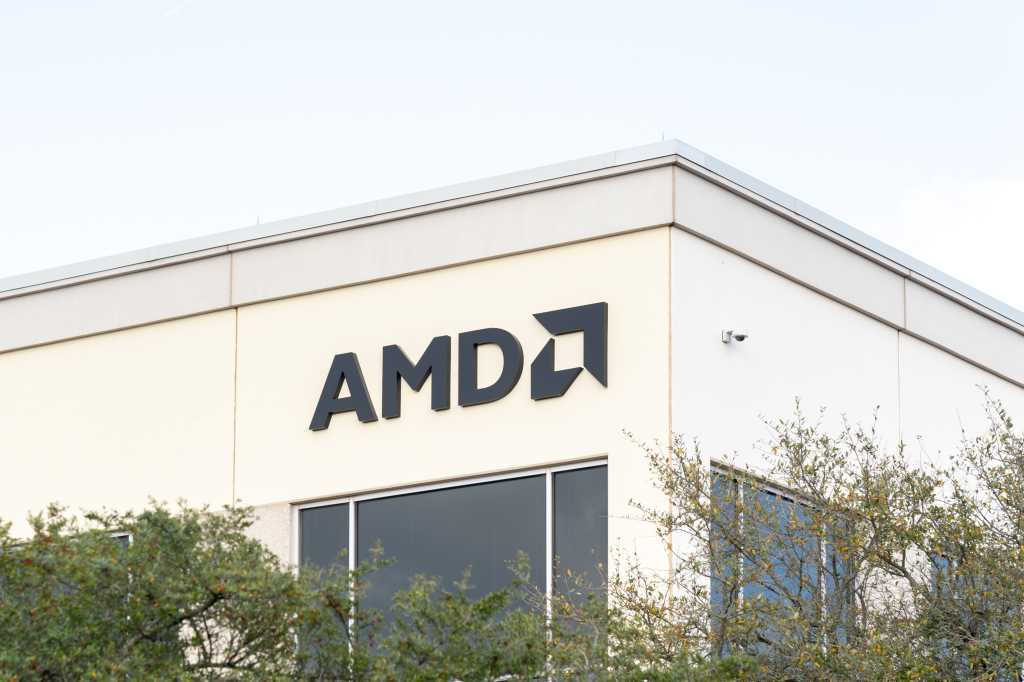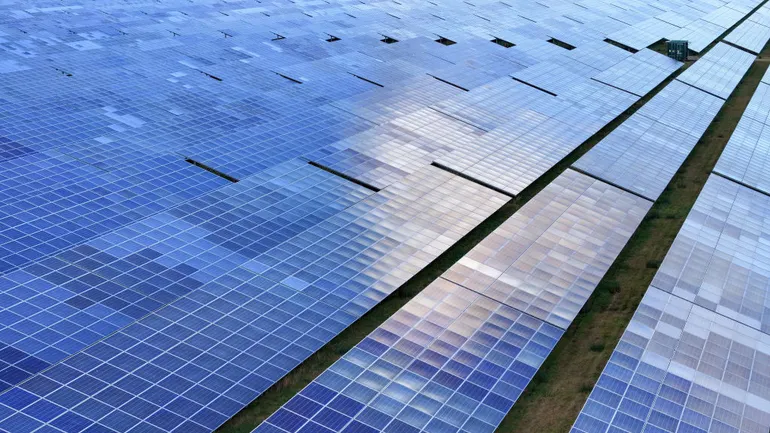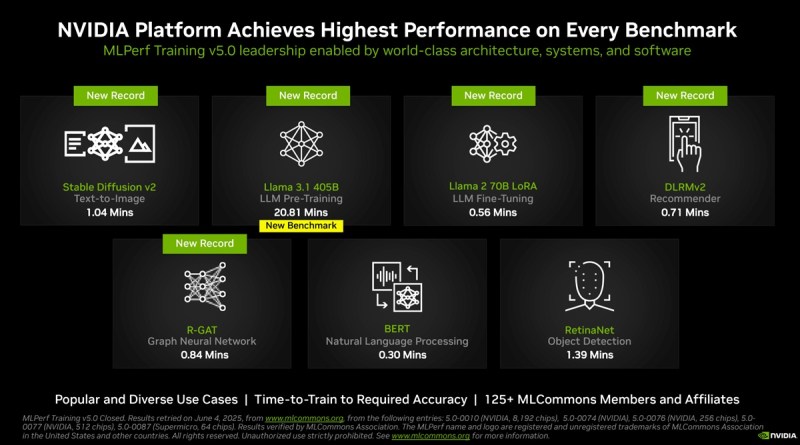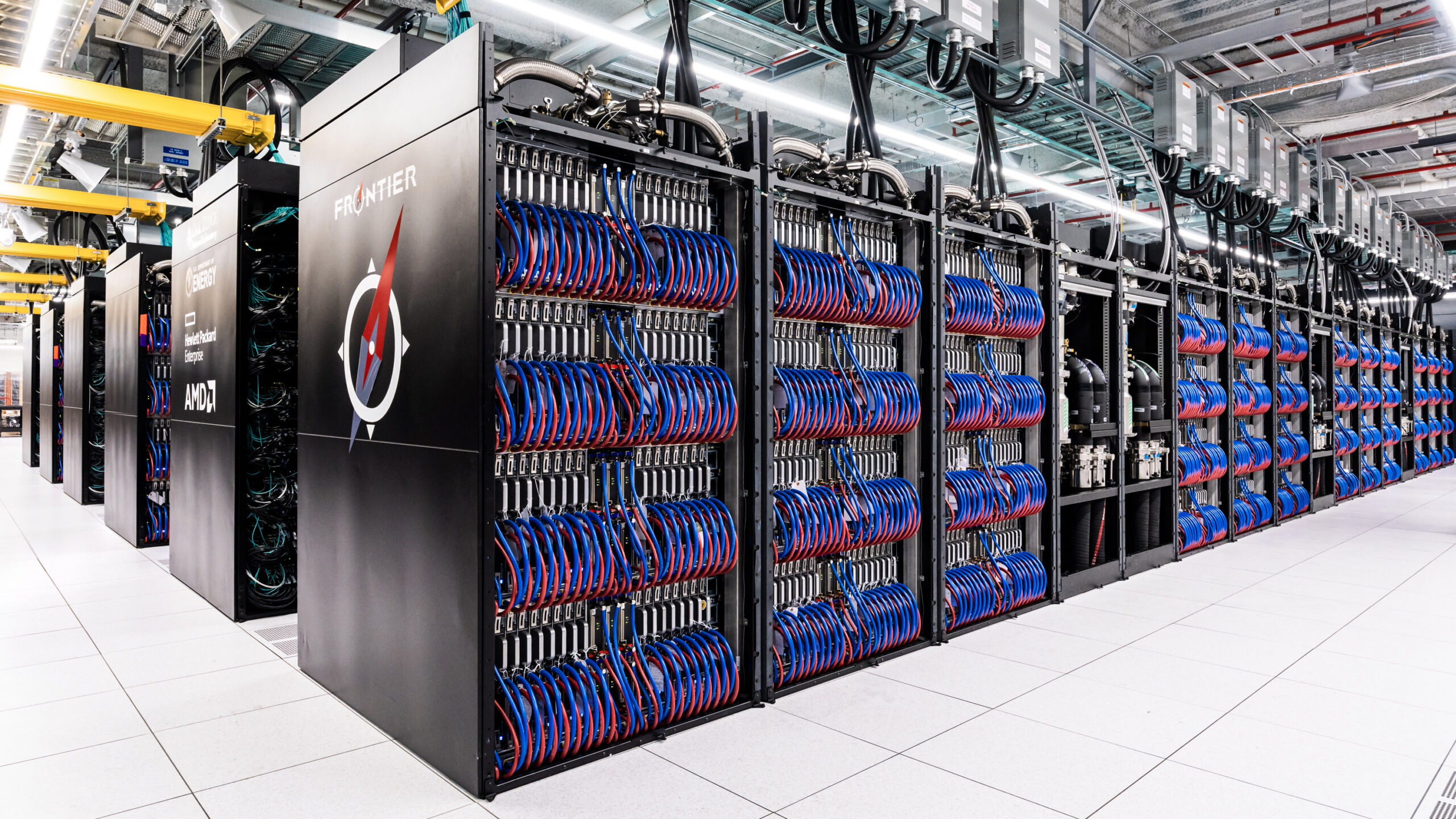This is today’s edition of The Download, our weekday newsletter that provides a daily dose of what’s going on in the world of technology.
Four reasons to be optimistic about AI’s energy usage
Two weeks ago, we launched Power Hungry, a new series shining a light on the energy demands and carbon costs of the artificial intelligence revolution.
It raised some worrying issues, not least the incredible energy demands of AI video generation. But there are also reasons to be hopeful: innovations that could improve the efficiency of the software behind AI models, the computer chips those models run on, and the data centers where those chips hum around the clock.
Here’s what you need to know about how energy use, and therefore carbon emissions, could be cut across all three of those domains, plus an added argument for cautious optimism: the underlying business realities may ultimately bend toward more energy-efficient AI. Read the full story and check out the rest of the package here.
—Will Douglas Heaven
3 Things Caiwei Chen is into right now
In each issue of our print magazine, we ask a member of staff to tell us about three things they’re loving at the moment. For our latest edition, which was all about creativity, we asked our China reporter Caiwei Chen to give us an insight into her life. Check out her recommendations here, and subscribe to catch future editions here.
The must-reads
I’ve combed the internet to find you today’s most fun/important/scary/fascinating stories about technology.
1 DOGE’s efforts are slowing down federal agencies
Even though the taskforce was assembled under the guise of doing the exact opposite. (WP $)
+ The Trump administration wants to slash the federal workforce even further. (AP News)
+ Right wing politicians in the UK are trying to ape DOGE. (The Guardian)
+ DOGE’s tech takeover threatens the safety and stability of our critical data. (MIT Technology Review)
2 AI pioneer Yoshua Bengio wants to build ‘honest’ AI
His new non-profit will develop a system to catch deceptive agents. (The Guardian)
+ Cyberattacks by AI agents are coming. (MIT Technology Review)
3 The FDA is launching an agency-wide AI tool
It’s designed to help scientific reviewers and others to streamline their work. (Axios)
+ Restoring “gold standard science” is easier said than done. (Ars Technica)
4 A Neuralink rival has successfully inserted a brain implant into a patient
It’s a first step towards longer trials for startup Paradromics. (Wired $)
+ What to expect from Neuralink in 2025. (MIT Technology Review)
5 The FTC is investigating US advertising and advocacy groups
It’s probing whether they violated antitrust law by coordinating boycotts. (NYT $)
6 How Alibaba AI models leapfrogged Meta’s
After initial struggles, Alibaba is now the world’s open-source leader. (The Information $)
7 AI is shaking up how your home maintenance services operate
From plumbers and electricians to roofers and heating specialists. (WSJ $)
8 Why it’s so difficult to track down critical minerals
They’re vital for clean energy, and demand for them is surging.(Vox)
+ The race to produce rare earth elements. (MIT Technology Review)
9 Tinder is testing out a height filter
Which doesn’t seem very fair on the world’s short kings. (Mashable)
10 Animal cloning is big business
Some people will go to great lengths to keep their pets alive. (The Atlantic $)
+ Game of clones: Colossal’s new wolves are cute, but are they dire? (MIT Technology Review)
Quote of the day
“If we build AIs that are smarter than us and are not aligned with us and compete with us, then we’re basically cooked.”
—Yoshua Bengio, an academic regarded as one of the godfathers of AI, warns about the dangers of putting AI progress before safety, the Financial Times reports.
One more thing

A Roomba recorded a woman on the toilet. How did screenshots end up on Facebook?
In the fall of 2020, gig workers in Venezuela posted a series of images to online forums where they talk shop. The photos were mundane, if sometimes intimate, household scenes—including a particularly revealing shot of a young woman in a lavender T-shirt sitting on the toilet, her shorts pulled down to mid-thigh.
The images were not taken by a person, but by development versions of iRobot’s Roomba robot vacuum, a company now owned by Amazon. They were then sent to Scale AI, a startup that contracts workers around the world to label data used to train artificial intelligence.
In 2022, MIT Technology Review obtained 15 screenshots of these private photos, which had been posted to closed social media groups. The images speak to the growing practice of sharing potentially sensitive data to train algorithms. They also reveal a whole data supply chain—and new points where personal information could leak out—that few consumers are even aware of. Read the full story.
—Eileen Guo
We can still have nice things
A place for comfort, fun and distraction to brighten up your day. (Got any ideas? Drop me a line or skeet ’em at me.)
+ How cool are Latvia’s passports?
+ Not only are seals incredibly smart, they’re a dab hand (flipper?) at video games 🦭
+ A slice of New Jersey crumb cake and a cup of tea, please.
+ Happy world bicycle day to all who celebrate!





















